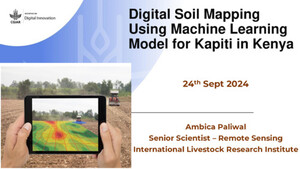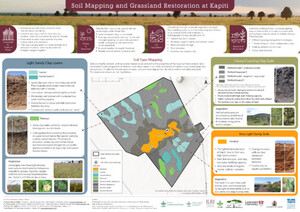
Spatial analysis of soil fertility management using integrated household and GIS data from smallholder Kenyan farms
Abstract
Although soil fertility is recognized as a primary constraint to agricultural production in developing countries, use of fertilizer in Sub-Saharan Africa is declining. Smallholder farmers still rely heavily on livestock manure for soil fertility management. To explore the determinants of soil fertility management practices, including both the use of cattle manure and inorganic fertilizer, data are used from a sample of 3,330 geo-referenced farm households across Central and Western Kenya. A bivariate probit model is applied to jointly examine the use of the two technologies. Particular attention is given to measures of location related to market access and agroclimate, which in the adoption literature have typically been addressed using crude proxies. To avoid such proxies, GIS-derived variables are integrated into the household decision model. Their use also allows the spatial prediction of uptake based on parameter estimates. The results show clearly the derived-demand nature of soil fertility services, based on markets for farm outputs. They also illustrate that supply of manure for soil fertility amendments is conditioned by demand for livestock products, especially milk. The integration of GIS-derived variables is shown to better estimate the effects of location than the usual measures employed, and offers scope to wider use in technology adoption research.
Citation
Staal, S.J.; Romney, D.; Baltenweck, I.; Waithaka, M.; Muriuki, H.; Njoroge, L. 2003. Spatial analysis of soil fertility management using integrated household and GIS data from smallholder Kenyan farms. Paper presented at the 25th International Conference of IAAE, Durban, South Africa. Nairobi (Kenya): ILRI










